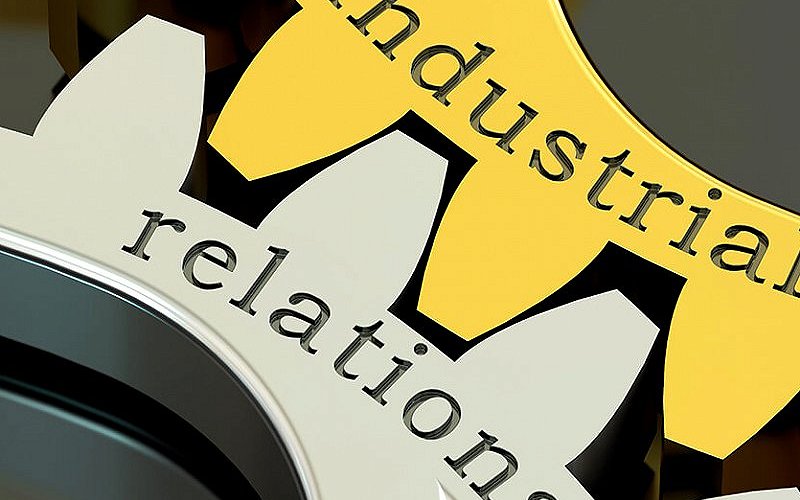Introduction
On 3 November 2014, the Singapore Parliament introduced amendments to the Industrial Relations Act to allow greater trade union representation for Professionals, Managers and Executives (PMEs), except those with specific responsibilities. Also, on 26 November 2014, the tripartite partners namely the Ministry of Manpower, National Trades Union Congress and Singapore National Employers Federation issued guidelines for both employers and unions on the scope of union representation for executives and also the expansion on the scope of limited representation for executives. MOM subsequently announced that the amendments to the Industrial Relations Act to take effect on 1 April 2015.
Notwithstanding the above, the Employment Act was amended on 1 April 2014 to cover PMEs who earn a monthly basic salary of $4,500 and below. After which, it was again amended on 1 April 2019 to cover PMEs regardless of their basic salary. Among the amendments is the establishment of a new scheme for the mediation of certain disputes involving PMEs and their employers. These PMEs (provided they fall within the basic salary of not more than $4,500) may elect to refer disputes to mediation conducted by a conciliation officer as appointed by the Commissioner of Labour.
What would be the significance of all the above amendments of the Employment Act and the Industrial Relations Act after 1 April 2019 and its bearing on unionised and non-unionised companies?
In response to the above question, Human Resource Practitioners need to be familiar with the industrial relations legislation which includes the Industrial Relations Act, Trade Disputes Act, Trade Unions Act and the The Criminal Law Temporary Provisions Act. You will learn that the legislation provides a system of voluntary and compulsory bargaining, conciliation services by the Ministry of Manpower and ultimately the adjudication by the Industrial Arbitration Court. Having grasped the understanding of these legislations, ultimately HR practitioners aim to collectively bargain with the trade union to achieve a win-win settlement which would include the annual increment and variable bonus which are negotiable issues in the eyes of the legislation.
At the end of this workshop, delegates can be assured that they will be more competent in their understanding of the Industrial Relations system and its practical application, especially in collective bargaining.
Learning Objectives
- Understand the Industrial Relations legislation, namely the Industrial Relations Act, Trade Disputes Act, Trade Unions Act, Criminal Law Temporary Provisions.
- Understand how trade union seeks trade union recognition.
- Know the rights of trade unions in companies trade union recognition.
- Know the types of Unions and the differentiation between ordinary members and general branch membership.
- Know the role of the three actors in industrial relations, namely MOM, NTUC and SNEF.
- Understand the influence, concern and impact of trade unions on business and human resource management practices of companies.
- Know what is management’s prerogative and negotiable issues between management and trade union.
- Understand the role and due process of collective bargaining in the Singapore industrial relations system.
- Drafting win-win collective agreements between management and trade union.
Course Outline
A competent HR practitioner must have the knowledge and skills in the following:
1. Overview and perspective of the Industrial Relations system in Singapore.
- Difference btw employee relations and industrial relations
- Labour relations framework and its policies.
- Role and function of government.
- The tripartite partners, namely the Ministry of Manpower, National Trade Union Congress and Singapore National Employer Federation.
- Role of Labour Court and Singapore Arbitration Court.
2. Industrial Relations legislations in Singapore.
- Main legislation such as Industrial Relations Act, Trade Unions Act, Trade Disputes Act and Criminal Law (Temporary Provisions) Act.
- The system of conciliation services with the Ministry of Manpower.
- The system of voluntary and compulsory arbitration at the Industrial Arbitration Court, i.e. ex-parte application, joint application, direction by the Minister and proclamation by the President.
3. Formation of a Trade Union
- Background and development of trade union.
- Objectives and types of trade unions.
- Constitution of a trade union and its application to executive unions and rank and file unions.
- Registrar of Trade Unions.
4. Trade Union Recognition
- Procedures for trade union recognition.
- Voluntary recognition versus secret ballot.
- Procedures for conducting the secret ballot.
- Role of Ministry of Manpower.
- Limited representation.
- Differentiation between ordinary members and general branch members.
5. Trade Disputes
- Grievance procedures, as outlined in CA.
- Conciliation services provided by Ministry of Manpower.
- Tripartite dispute resolution.
- Adjudication by the Singapore Arbitration Court.
6. Industrial Relations Action
- Definition of industrial action.
- Types or forms of industrial action.
- Prohibition of industrial action.
- Tort action
7. Collective Bargaining
- Management’s prerogative versus negotiable issues under Industrial Relations Act.
- The purpose of the memorandum of understanding.
- Annual increment and variable bonuses.
- Refusal to collective bargain by the employer for lack of majority union members.
8. Collective Agreement (CA)**
- The contents and the bearing or interpretation of clauses in the CA.
- The scope of representation of employees in CA.
- Are terms and conditions applicable to union members or non-union members?
- Tripartite guidelines and its application to CA.
- Process of certification by the Industrial Arbitration Court.
- Duration of CA, retrospection or backdating, continuity upon expiry of CA.
- Merger and acquisition, transfer or sale of shares, and whether CA continues with the successors.
Methodologies
Lecture and case study.
Who Should Attend
Human Resource Practitioners, Industrial Relations Practitioners, Lawyers, In-House Legal Counsels, Line Managers/Executives and any other persons interested in grasping a good understanding of the Employment Act.
Workshop Registration
Please visit this page to register.




